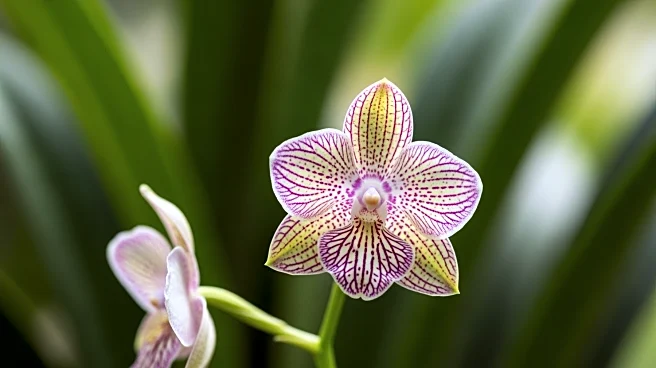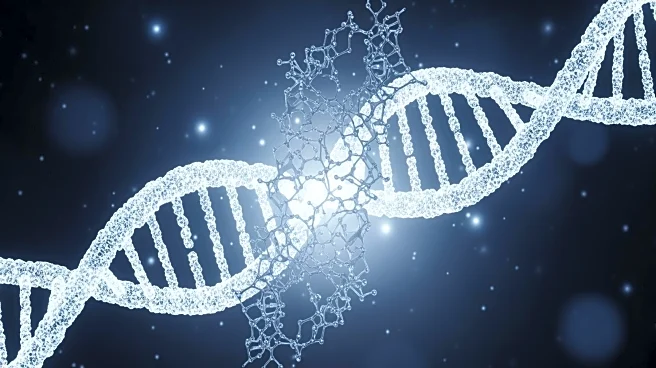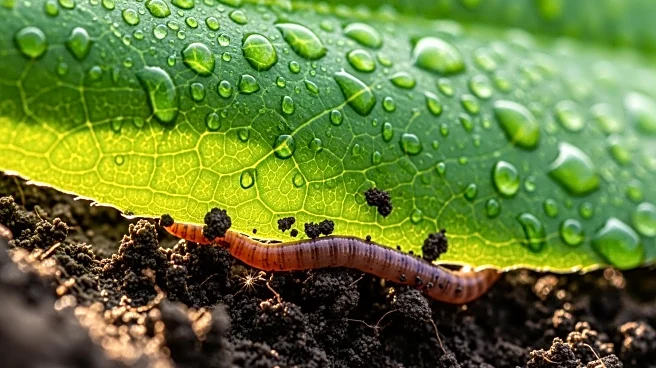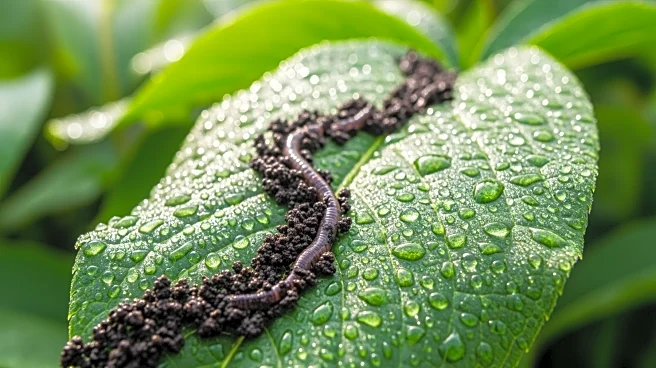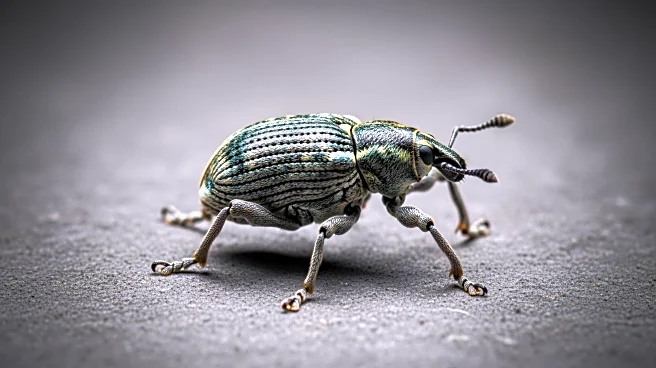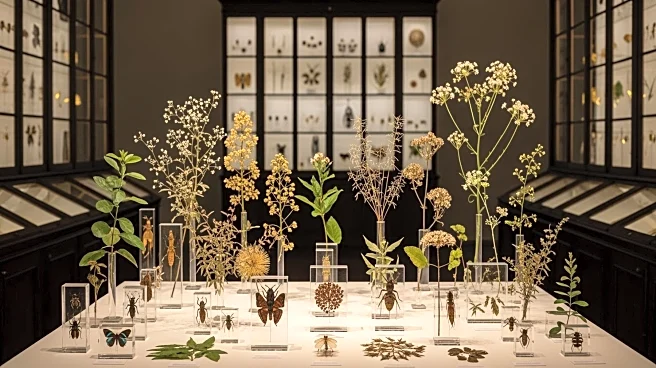What's Happening?
A recent study has examined the hybridization and embryological patterns in the Dactylorhiza incarnata/maculata complex, focusing on reproductive barriers. The research highlights frequent interspecific
hybridization between diploid parental species, leading to tetraploid derivatives with distinct genome compositions. The study found that prezygotic barriers are weak, allowing hybrid embryos to form, while postzygotic selection modulates hybrid fitness. The research also noted disturbances in meiosis, which may lead to unbalanced gametes and affect offspring fitness. The study provides insights into genomic and chromosomal changes following hybridization and polyploidization, contributing to speciation and adaptation in polyploid taxa.
Why It's Important?
Understanding hybridization and reproductive barriers in orchids is crucial for biodiversity conservation and the study of plant evolution. The findings offer valuable insights into how genomic rearrangements contribute to speciation and adaptation, which can inform conservation strategies for endangered orchid species. The study also sheds light on the mechanisms of hybridization, which can lead to new plant varieties with unique characteristics. This research is significant for botanists and ecologists studying plant genetics and evolution, as it provides a model for investigating genomic changes in polyploid taxa.
Beyond the Headlines
The study's findings on weak prezygotic barriers and the ease of hybrid seed production suggest potential for developing new orchid hybrids with desirable traits. The research also highlights the role of maternal epigenetic and hormonal signals in pollination, which could influence future studies on plant reproduction. Additionally, the study's insights into chromosomal rearrangements and hybrid sterility could have implications for understanding genetic diversity and stability in other plant species.
